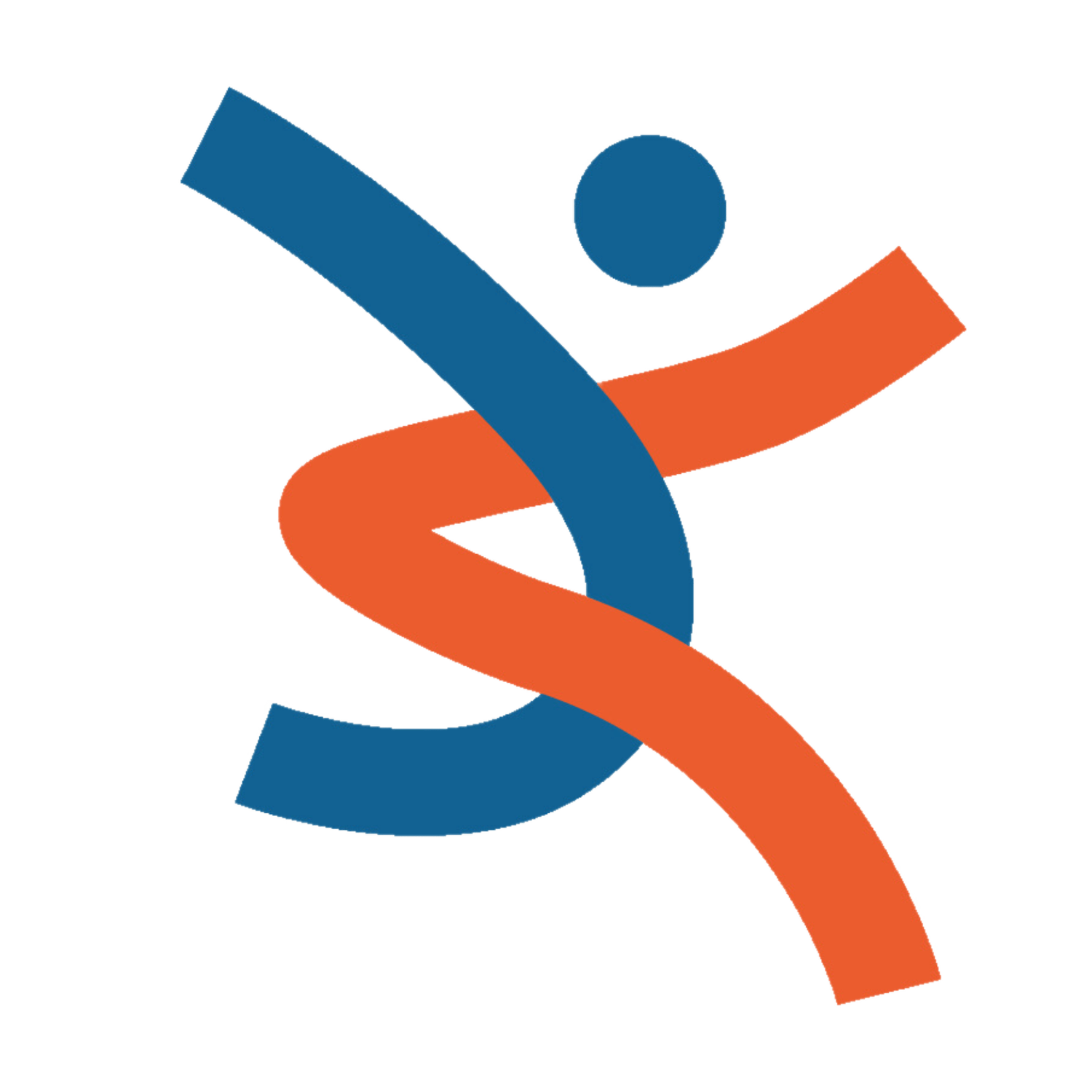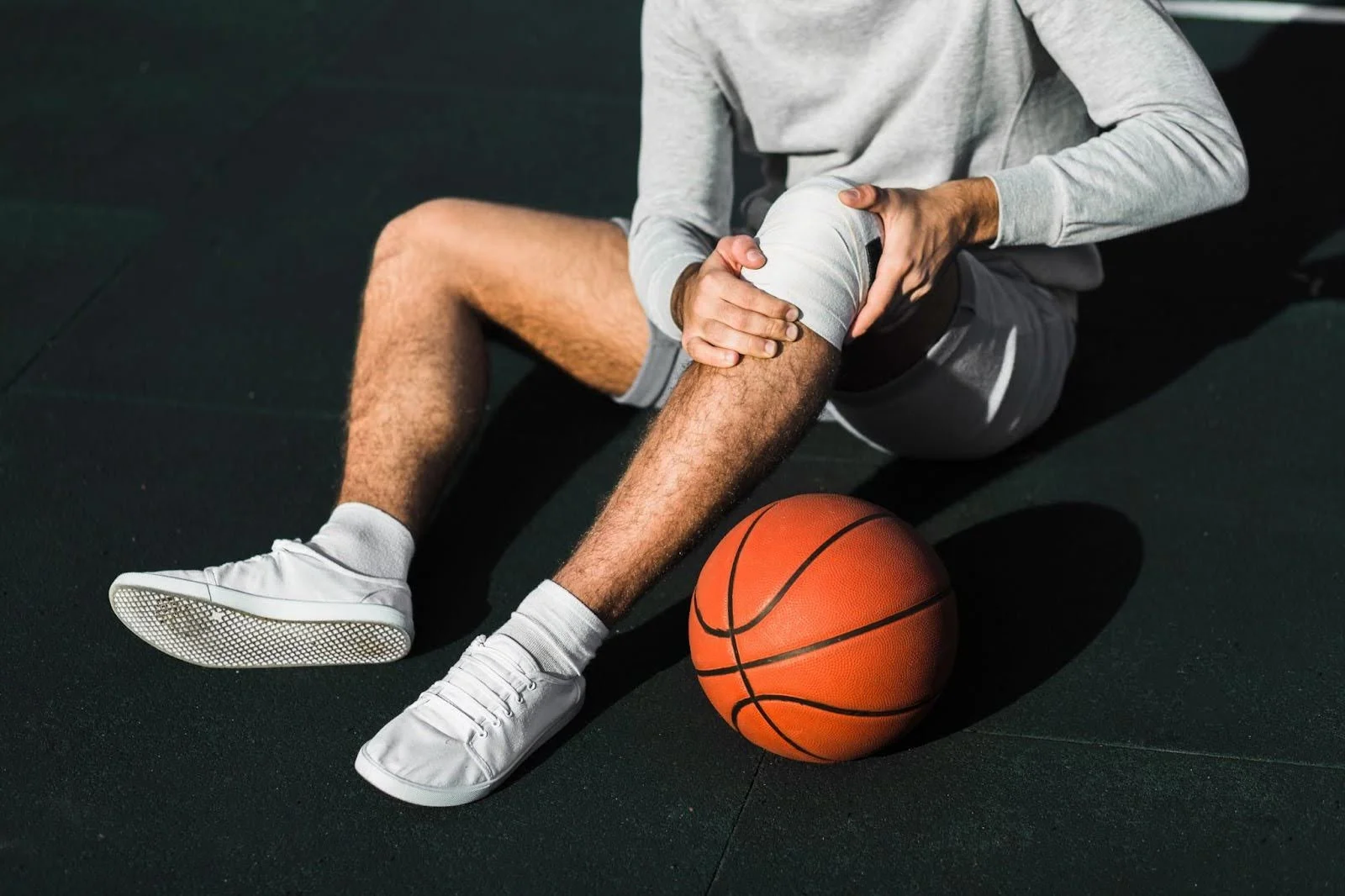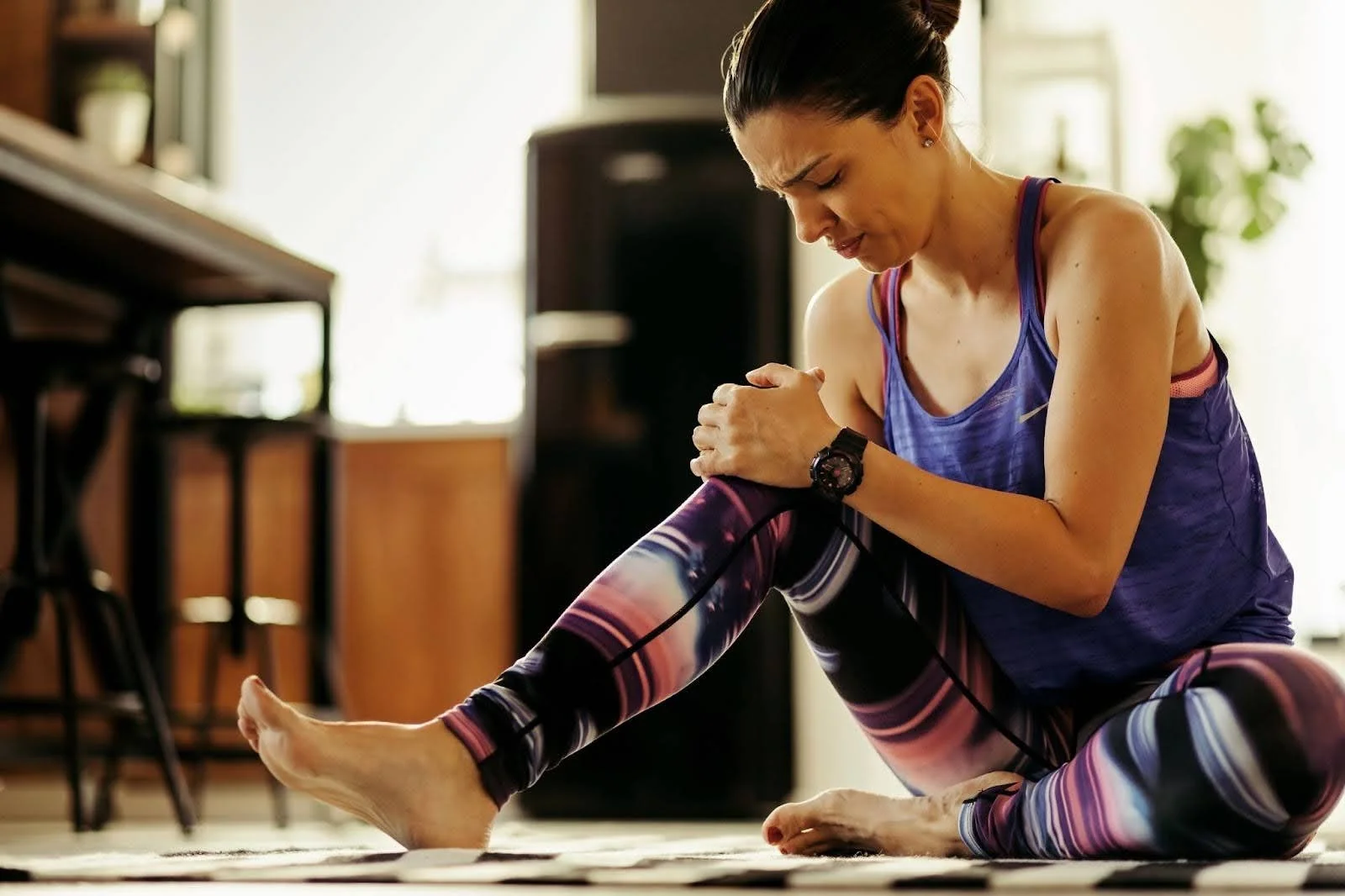Preventative Strategies to Avoid Common Sports Injuries
Whether you're a weekend jogger, school athlete, or seasoned sportsperson, movement is medicine until injury disrupts the rhythm. Sports injuries not only derail progress, they come with physical, emotional and financial strain. At Joint Vision, our mission is to prevent that disruption. Nestled in a modern, multidisciplinary centre in Illawarra, we bring together experts in orthopaedic surgery, diagnostic imaging, physiotherapy, and exercise physiology, under one roof to support active individuals in staying strong, safe, and injury-free.
The Significance of Sports Injuries in Australia
Sports injuries are more than just occasional setbacks. In 2021–22 alone, over 56,000 Australians were hospitalised due to sporting activities, ranging from fractures and soft-tissue injuries to dislocations and concussions. These figures reveal an urgent need to shift focus from just treating injuries to preventing them in the first place.
At Joint Vision, we believe injury prevention should be as personalised and evidence-based as the recovery journey. Our integrated healthcare approach does exactly that, uniting multiple specialists to create a prevention pathway tailored to you.
Understanding the Risk: What Causes Sports Injuries?
Sports injuries can happen suddenly or develop over time. Understanding the root causes helps in building strong preventative strategies.
Common contributors include:
Overuse and repetitive strain: Especially in endurance sports or positions involving repeated motion.
Improper technique or biomechanics: Often due to fatigue, inadequate coaching, or underlying musculoskeletal imbalances.
Poor strength and conditioning: Inadequate muscular support around joints.
Lack of flexibility and mobility: Increases the risk of strains or tendon injuries.
Insufficient warm-up or cool-down: Muscles and joints perform best when activated and eased into activity.
Inappropriate equipment or surfaces: Such as worn-out shoes or uneven playing fields.
With a clear understanding of these causes, we can now delve into strategic prevention.
Smart Training, Safe Performance
Train Smarter, Not Harder
Overtraining or rapid escalation of intensity without recovery is a key driver of injury.
Key Strategies:
Adopt the 10% Rule: Increase training intensity, volume or load by no more than 10% per week.
Use periodisation: Incorporate deload or recovery weeks to allow tissue adaptation.
Track your training load: Use wearable devices or session RPE to monitor fatigue and adjust accordingly.
This approach is supported by exercise physiologists, who work with patients and athletes to tailor training loads based on goals and recovery status.
Did You Know?
In 2022, nearly 26% of individuals participating in outdoor team sports, such as football, netball, cricket, and rugby, reported sustaining an injury. These aren’t isolated incidents. They represent a growing trend in active communities where increasing intensity, unpredictable playing surfaces, and inadequate recovery can quickly lead to harm.
At Joint Vision, we see these numbers as a call to action. Our state-of-the-art facility in the Illawarra region is purpose-built to shift the focus from reactive treatment to proactive prevention. Through integrated services like physiotherapy, exercise physiology, diagnostic imaging (including X-rays and ultrasound), and an on-site fracture & injury clinic, we empower individuals and teams to take control of their musculoskeletal health before injuries strike.
Is Your Body Ready? Importance of Warm-Up & Mobility
A warm-up isn’t just a pre-game formality; it’s a vital neurological and physiological primer that prepares your muscles, joints, and mind for the demands of intense activity, significantly lowering your risk of sports injury.
An ideal warm-up includes:
5–10 minutes of cardio (brisk walk, light jog, skipping)
This raises your core temperature, boosts circulation, and increases muscle elasticity, priming your body for movement without shock or strain.Dynamic stretches (leg swings, hip circles, high knees, and arm rotations)
These movements activate key muscle groups, improve joint mobility, and stimulate the neuromuscular system to respond faster and more efficiently during play.Sport-specific drills
Mimicking actual game movements sharpens coordination, reaction time, and mental focus, ensuring your body is fully aligned with the physical demands of your sport.
At Joint Vision Orthopaedic Group, our experienced physiotherapy team works one-on-one with individuals and teams to develop tailored warm-up routines that maximise performance and minimise the risk of injury, especially for high-impact and fast-paced sports.
Strength and Conditioning: Building a Durable Body
Why strength matters:
Muscles, tendons and ligaments act as shock absorbers. Strengthening these tissues prevents breakdown under repetitive loads or sudden forces.
Recommended areas of focus:
Lower limb strength: Squats, lunges, glute bridges to support knees and hips.
Core stability: Anti-rotation and postural drills like planks and dead bugs.
Eccentric training: Slow-lowering movements to build tendon resilience (e.g., Nordic hamstring curls).
Plyometrics: For joint stability and explosive control, especially useful for jumping sports.
At Joint Vision, exercise physiologists collaborate with surgeons and physios to deliver precise strength plans tailored to your sport and history.
How Flexibility Supports Injury Prevention
Tight muscles reduce your range of motion, forcing compensation from surrounding structures and increasing risk.
Best practices for flexibility:
Dynamic stretching pre-exercise (e.g. walking lunges, inchworms).
Static stretching post-exercise (e.g. hamstring holds, quad stretches).
Foam rolling & mobility drills between sessions.
At Joint Vision, our therapists provide stretching plans that work with your specific musculoskeletal patterns.
How Does Recovery Protect Against Injury?
Recovery isn’t lazy, it’s strategic. Without proper rest and replenishment, the body’s tissues remain in a state of stress, significantly increasing the likelihood of a sports injury. Rest is where strength, resilience, and true performance are built.
Essentials of recovery:
Sleep
Aim for 7–9 hours of uninterrupted sleep each night, as this is when your body undergoes essential cellular repair, muscle growth, and hormone regulation critical for athletic recovery.Hydration & nutrition
Replenish your body with whole foods rich in lean protein for muscle repair, calcium and vitamin D for bone health, and omega-3 fatty acids to reduce inflammation and aid joint recovery.Active rest
Engage in low-intensity movements like walking, light cycling, or swimming to stimulate blood flow, flush metabolic waste, and gently mobilise stiff joints without additional stress.Myofascial release
Techniques such as foam rolling, sports massage, and trigger point therapy help release tension, improve mobility, and accelerate the recovery of overused muscles and connective tissue.
What If You Do Get Injured?
Despite all precautions, injuries may still occur. The good news? Our fracture & injury clinic offers rapid assessment and same-day imaging (digital X-ray and ultrasound), followed by immediate treatment planning.
Sports Injury
Prevention Checklist: Your Action Plan
Training Load
Keep your training progression gradual, consistent, and trackable to avoid overuse and fatigue-related injuries.Warm-Up
Always warm up, tailor it to your sport to activate the right muscle groups and enhance readiness.Strength
Focus on building strength in the lower limbs, developing core stability, and incorporating eccentric control for tendon resilience.Technique
Schedule regular form checks and seek biomechanical assessments to correct movement patterns before they lead to injury.Flexibility
Stretch daily to maintain joint range of motion and use foam rollers weekly for soft tissue mobility.Equipment
Maintain all gear, and invest in sport-specific footwear to provide proper support and shock absorption.Recovery
Prioritise quality sleep, nutrient-rich meals, and active rest days to allow your body to repair and rebuild.Mental Health
Make time for mindfulness, manage stress levels, and incorporate mental rest into your weekly routine to prevent burnout.
Why Joint Vision is Your Preventive Partner
Joint Vision Orthopaedic Group is more than a clinic. It’s a comprehensive musculoskeletal hub that brings everything under one roof for injury prevention and recovery:
Orthopaedic surgery
Physiotherapy
Exercise physiology
Digital X-ray and ultrasound
Fracture & Injury Clinic
Allied health collaboration
Personalised patient service team
Seamless support for GPs and referrers
Our team‑based model connects your care, from first assessment to long-term prevention. With clinics across the Illawarra, Joint Vision is your local destination for smarter sports health.



